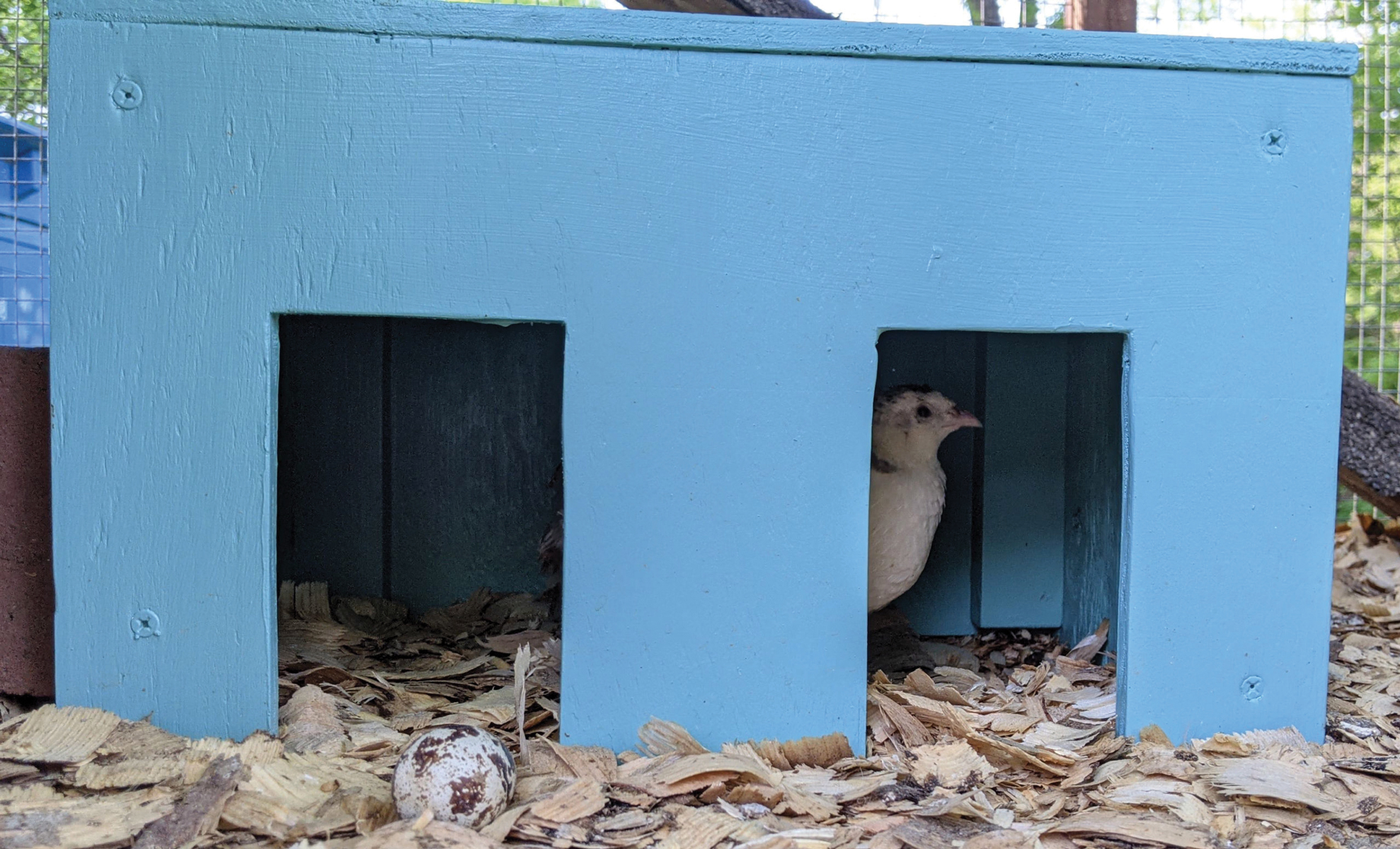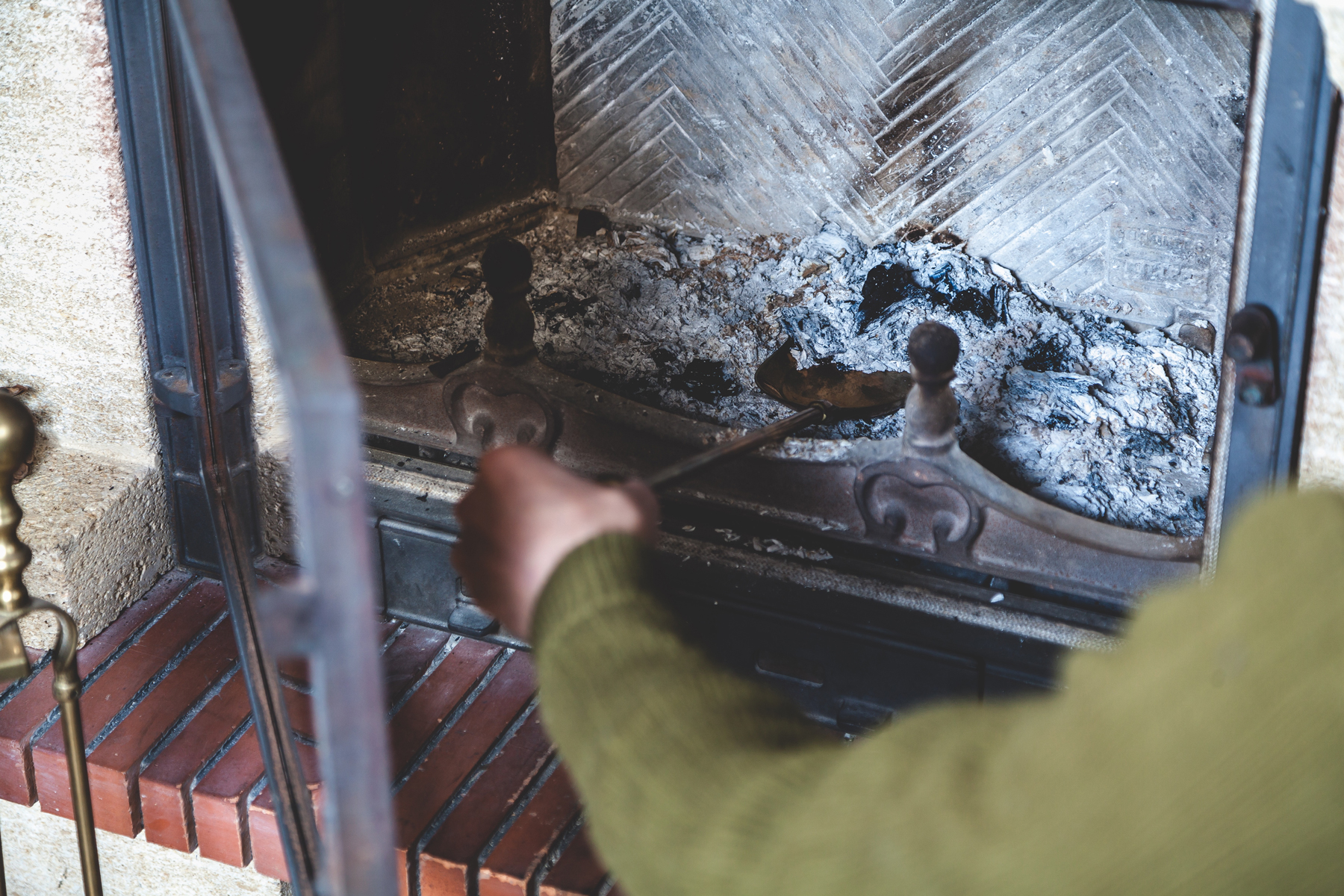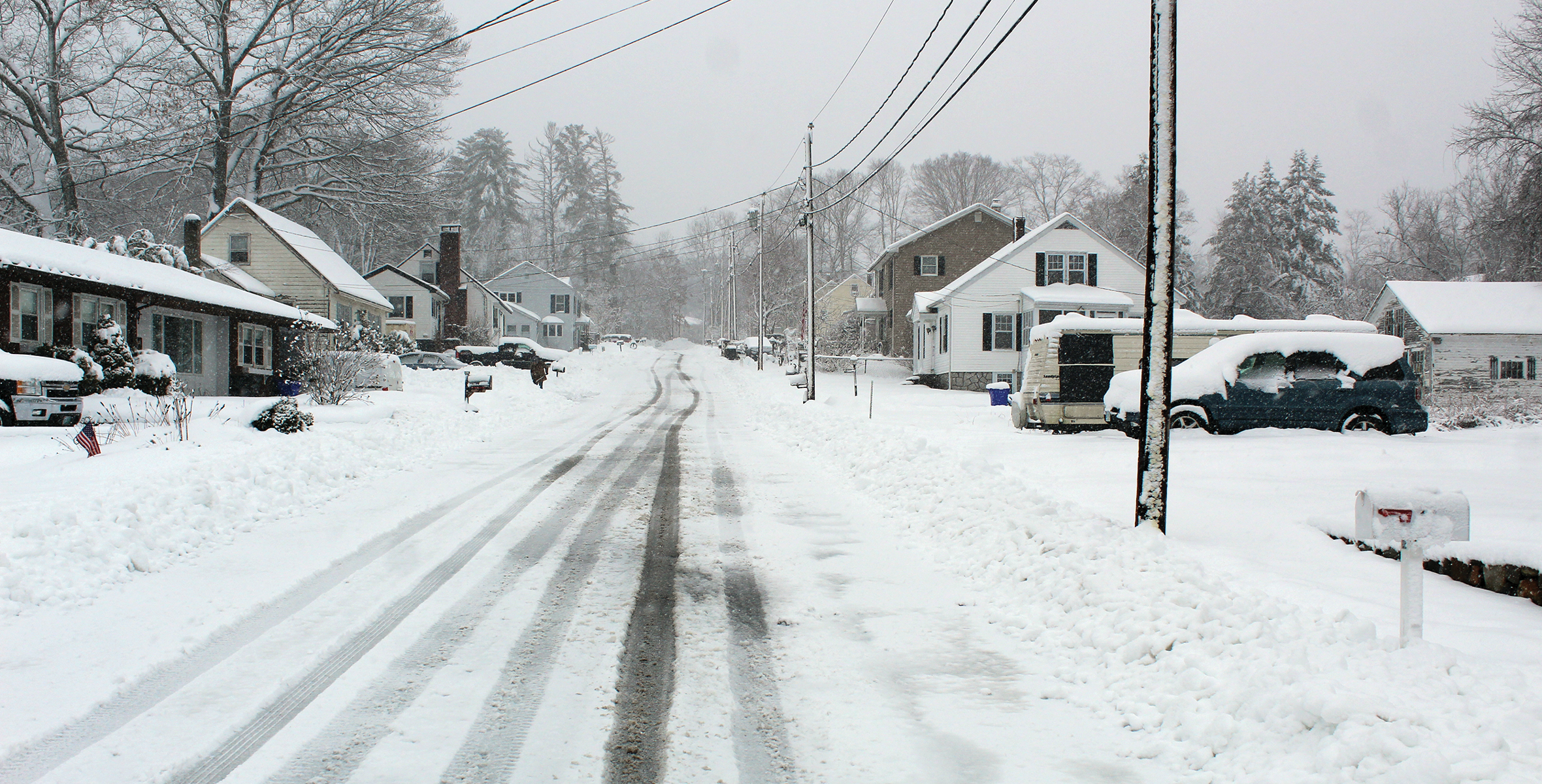After being caught in a fierce winter storm, this family learned how to prepare for a blizzard at home, including how to prepare for long-term power outages. Learn from their lessons so you’re ready next time a winter storm heads your way.
I sit and write this piece at the end of February 2023. After a mild winter, nature is returning with a fury. Many people have been caught off-guard and unprepared.
I’ve been there. Until you experience a winter storm, you have no idea what it’s like. I’m talking snow, ice, and freezing cold; storms that paralyze entire regions.
My wife and I bought our home in New England in the late 1980s. Our goal was to be semi-self-sufficient. The purchase of our home and the birth of our daughter made our budget a bit tight, so we had to put off some purchases, including a generator and the fuel to run it, which would’ve made a big difference during our first major storm during the winter of 1993-1994.
Winters in northern New England can be fierce, but we’ve always made it through. Power outages are normal but rarely last more than a day or two. This storm wasn’t the “usual,” and we were ill-prepared. Here are the lessons we learned.
How to Prepare for a Blizzard at Home: Install Alternative Heat

Every home that experiences winters needs a generator and an alternative heating source, such as a woodstove or a pellet stove with a battery backup.
This winter seemed colder than normal. On this particular day, a storm rolled in, first with rain, then freezing rain and sleet. These storms usually turn to snow pretty quickly, and snow is better than ice, but this one didn’t do that. The freezing rain fell all night before it finally turned to snow, but by then, about 2 inches of ice coated everything. I was concerned but not worried. I was a New Englander, and winter comes every year. This bravado could’ve been my undoing.
Always Be Prepared for Winter Weather
Take news reports and warnings seriously. If something doesn’t feel right, it probably isn’t.
After I broke the car free from the ice, I headed to work, listening to radio warnings of bad travel conditions and power outages from ice and downed trees. By the time I arrived, work was canceled because of the storm.
Communication Is Essential
Find out before you head out. Knowing work was canceled could’ve kept me off the road that day. By the time I turned around, the snow came down hard, making a bad situation worse.
The power was out when I got home. This meant no heat. The roads were still passable, so I helped my wife and daughter pack up and drove them to my mother-in-law’s house, which still had power and heat. I then returned home, determined to hold down the fort.
Get Out While You Can
On the third day, the snow finally stopped and the roads were slowly cleared, but we still had no power. At this point, I would’ve been wise to leave. With the roads clear, it was the perfect time to get out. In emergency situations, you should have a few safe places to go. If the opportunity arises to go somewhere safer, take it. Instead of leaving, however, I searched for a generator for the next few days. On the fifth day, I finally found one, and then I found a gas station with power and got some fuel. My biggest concern was what kind of pipe damage I’d find once the furnace got going. I was lucky; none of our water pipes had broken. Some of my neighbors weren’t so lucky. Our power was restored on the sixth day.
After I survived this go-round, I prepared for the next, which came in January of 1998, incapacitating the entire Northeast and southern Canada for about two weeks. But we were ready.
How to Prepare for Long-Term Power Outages
I never wanted to be caught in a situation like this again. Shortly after catching my breath, I made a plan, which included a list of things to do and equipment to obtain, as well as a checklist of tasks to handle every year to prepare for bad times.
It’s one thing to make a plan, and it’s another to put it into play. To work, it has to be achievable, even if only in small steps. Concentrate on tasks that cover the basics of heat, shelter, water, food, and safety.

Right off, I secured a second generator that runs on propane and purchased a pellet stove. Two generators that run on different fuels ensure I’ll have enough power to last several days. I also stock up on extra fuel for both generators. I installed the pellet stove with battery backup, and I chose a pellet stove over a woodstove, because pellets burn cleaner and more efficiently.
Next, I prepared our home. I replaced the windows and doors and insulated every pipe that carries water. As money became available, I boosted the insulation in the entire house. Over the years, I’ve acquired solar-powered lights and small solar panels to charge cellphones, batteries, and the like.

Water and food are constant concerns, since you never know how long emergencies will last. I frequently purchase bottled water and shelf-stable food just in case and store both on my basement shelves. Just be sure to rotate your stock. Keep non-electric kitchen tools available to open cans and prepare food. If utilities are down, you’ll need a way to cook the food. I have an assortment of backups, including propane stoves and grills, charcoal grills, and a biofuel stove. (Don’t operate any of these devices indoors because of carbon monoxide danger.) If you have a woodstove, you can simultaneously provide heat and cook.
Safety preparation should always take priority. Keep a good first-aid kit on hand. You’ll also need an operational fire extinguisher, a battery-operated fire alarm, and a battery-operated carbon monoxide detector. Establish communication using cellphones and two-way radios. A good battery-powered or hand-crank weather radio can keep you informed.
You may need to make repairs at some point, so you will need tools. Tree limbs may fall and damage your roof, or a water pipe may freeze and break. Hand tools, such as saws, wrenches, screwdrivers, axes, and hammers, are essential during outages. Battery-operated tools are useful if you can charge the batteries. You should also have an assortment of screws, nuts, bolts, and pipe clamps.
Prepare For Blizzards Ahead of Time
In my neck of the woods, it gets cold come October. This is the time of year to learn how to prepare for long-term power outage and get your home, your family, and yourself ready. Way too many people wait to prepare until it’s too late, like I did with that first storm.

By October, I’ve already secured my fuel (gas, propane, pellets, oil) and serviced my generators and vehicle (in case we need to get out). I’ve stocked up on extra food and water and alternative ways to cook them. I’ve trimmed tree limbs that could potentially damage the house, shed, or other outlying buildings during a storm, and I’ve made any repairs I previously put off.
We can’t anticipate everything that could go wrong. Mother Nature is a fickle beast, and she’s not above throwing a curveball now and again. But we can learn how to prepare for a blizzard at home and get ready as best we can.
Dana Benner has been writing about all aspects of the outdoors and self-sustainability for 35 years, with his work appearing in Grit, Countryside, Backwoods Survival Guide, and others.
Originally published as “Surviving an Ice Storm” in the October/November 2023 issue of MOTHER EARTH NEWS magazine and regularly vetted for accuracy.





